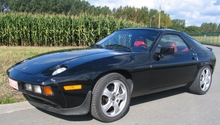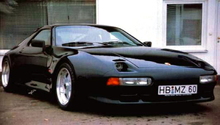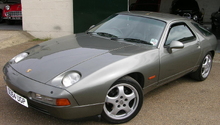Porsche 928: Buyer's Guide
Buying a Porsche 928 is an excellent way to experience the Porsche brand while getting a classic GT-style car that was largely under-appreciated during its lifespan.
This article applies to the Porsche 928 (1978-1995).
The Porsche 928, manufactured from 1978 to 1995, is an excellent car to purchase on the resale market. Originally developed to replace the Porsche 911, the 928 practically remained in the shadow of the 911 during its entire run even though most car magazines had given it outstanding reviews. The 928's front-mounted watercooled V8 engine, 50-50 weight distribution, and capability to seat four passengers comfortably ended up making it more of a GT rather than a high-performance sports car.
Because it was not as popular as the 911, the 928 can be purchased on the resale market for relatively low prices; however, it is important to thoroughly inspect the 928 before purchasing. Listed below is a guide of areas to closely inspect.
Exterior and Body
The 928 rarely has body issues as aluminum was used for the hood, doors, and front fenders with galvanized steel being used for the rest of the body. The primary areas to inspect for corrosion damage on the 928 are in the wheel well areas, based on salt corrosion, and the area where the quarter rear windows meet the hatch. Additionally, look for any collision damage to see if it was repaired properly.

Interior
The 928 originally used a leather dash then moved to vinyl. Neither has held up well over the years, so you will want to thoroughly inspect this area. The other interior leather touch appointments, including the shift knob and wheel, have generally held up over the years. The seats should be worn consistently with other leather products over a similar period of time. As always, leather can be cleaned and conditioned, but severe stress cracking and tears require replacement.
Related Articles
- Porsche: How to Deep Clean Old Leather - Rennlist.com
- Porsche: How to Repair Leather Tears - Rennlist.com
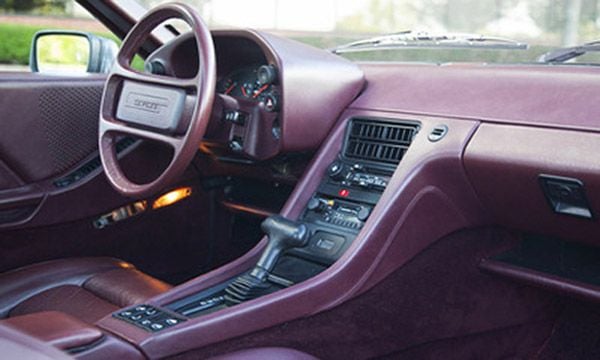
Engine
The alloy engine of the 928 has held up well over the test of time. The primary area to inspect in the 928 engine is the timing belt. The general rule of thumb for the 928 is that the timing belt should be replaced with the water pump every 60,000 miles. Some 928s that have been run on the track or in extremely hot weather should be thoroughly inspected to make sure there is no damage to interior pistons or valves.
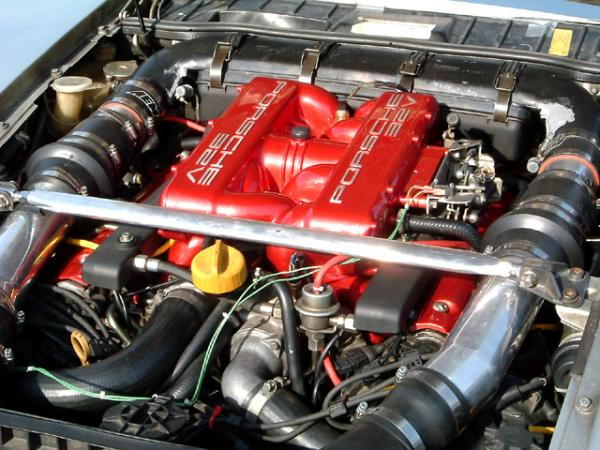
Transmission
The transmission from the 928 has also held up well over the test of time. The 3-speed automatic transmission rarely needs maintenance and, unless driven extremely hard, should still be in good order. The early versions of the 5-speed manual transmission from 1978 to 1984 may have some synchronization issues and should be inspected. Listen for abnormal gear noise or difficulty when changing gears. If you hear constant grinding during gear changes, it's time to walk away.
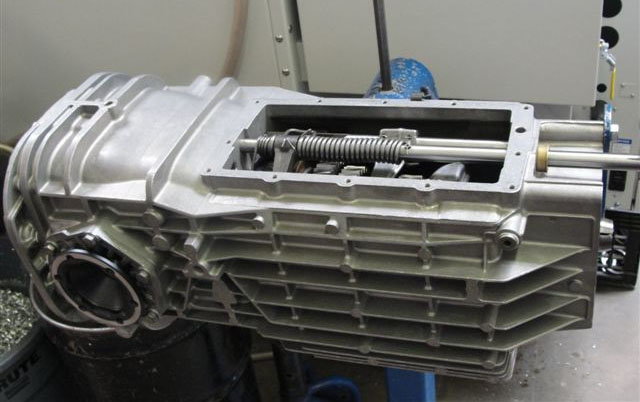
Brakes
The brakes on the 928 appear to be one of its most vulnerable areas and should be inspected closely. If the car has not been well-maintained and the brake fluid appears to be old or has not been changed on a regular basis, you could quickly incur costs for the replacement of the brake lines and calipers.
(Related Article: Porsche 928: How to Replace Brake Pads/Calipers/Rotors - Rennlist.com)
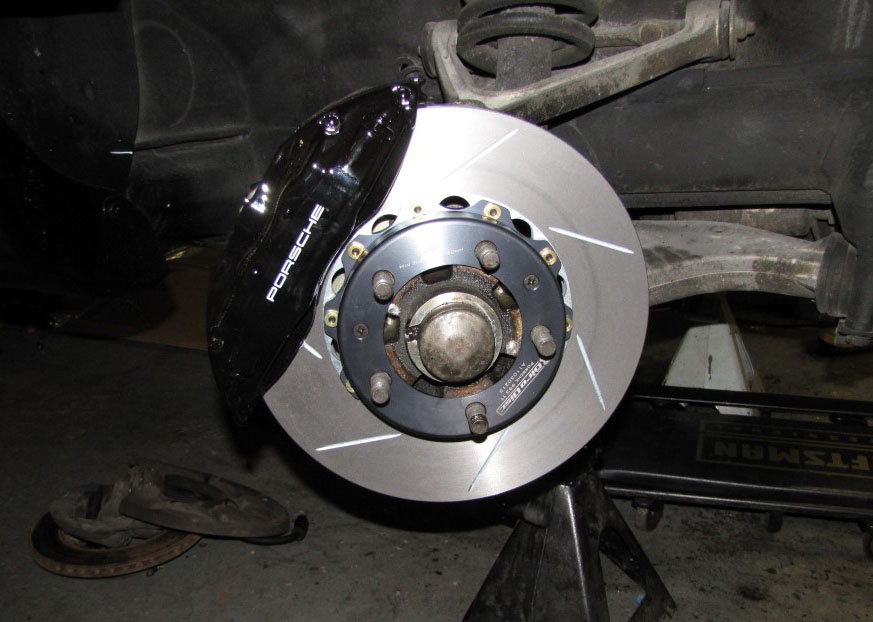
Suspension
The area of the 928 suspension that seems to cause the most concern are the ball joints. Originally manufactured with aluminum then replaced with steel, they are generally not serviceable and must be replaced with control arms. This service can cost between $1,500-$2,000 for parts and labor, so careful consideration should be taken.

Steering
Many owners of a 928 have found issues with the power steering, especially in many of the older models. It is important to thoroughly inspect the power steering mechanics and lines to see if there is proper movement and any excessive corrosion.
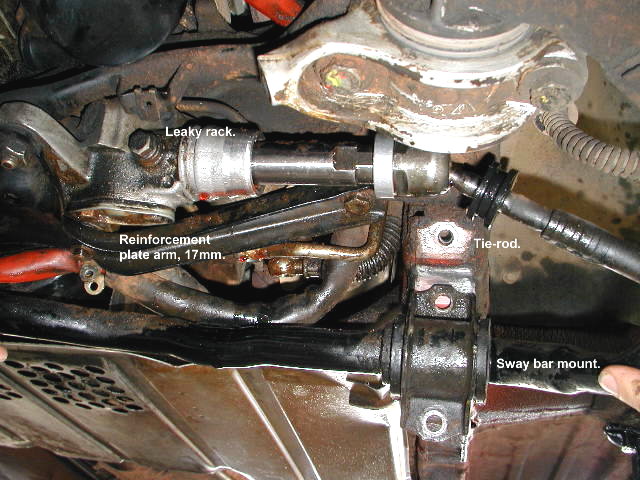
Specifications (1978 U.S. Version)
- Engine: Single overhead cam, 16-valve V-8 with alloy block and cylinder heads
- Displacement: 4,474cc (273-cu in)
- Bore x stroke: 95mm x 78.9mm
- Horsepower: 219 @ 5,250 RPM
- Torque: 254-lbs ft x 3,600 RPM
- Fuel system: CIS fuel injection
- Transmission: Five-speed manual transaxle
- 0-60 MPH: 6.4 seconds*
- Top speed: 144 MPH*
- Length: 175.1 inches
- Width: 72.3 inches
- Height: 51.7 inches
- Wheelbase: 98.4 inches
- Curb weight: 3,420 pounds
- Fuel tank capacity: 22.7 gallons
*Source: Car and Driver, April 1978
Production
1978-1995: 57,998 vehicles (25,105 imported to the U.S.)
Parts Prices
- Air cleaner housing: $300
- Connecting rod: $260
- Clutch disc (replacement): $300
- Cylinder head: $2,750
- Distributor: $1,550
- Door (driver): $4,500
- Door (passenger): $3,200
- Engine fan: $200
- Fan pulley: $100
- Fender: $2,300
- Fuel tank: $1,230; $460 used
- Hood: $2,650; $800 used
- Ignition coil: $100
- Master cylinder (replacement): $300
- Oil pump: $520
- Piston rings (set): $100
- Radiator: $2,500
- Ring gear: $650
- Roof: $400
- Timing belt: $300
- Timing belt (replacement): $25-$35
- Water pump (replacement): $200
Related Discussions and Site
- New 928 Owners, Important Info - Rennlist.com
- 928 Pre-Purchase Inspection Info - Rennlist.com
- 928 Buyer's Guide - Hemmings.com

